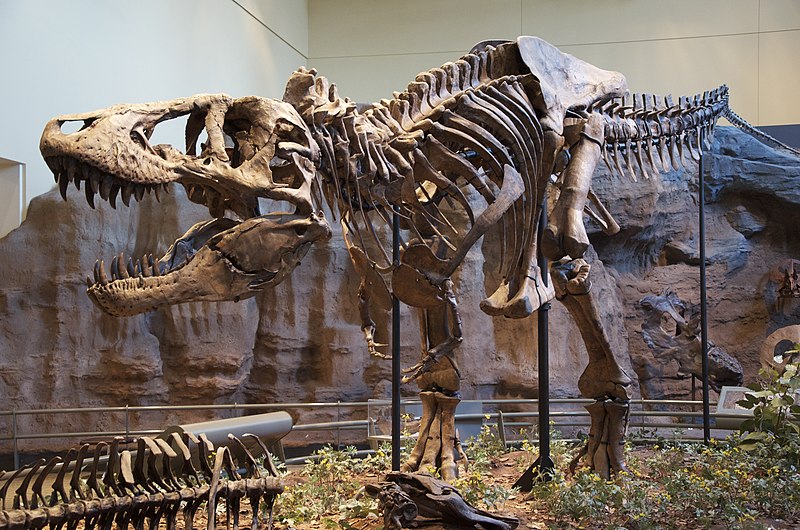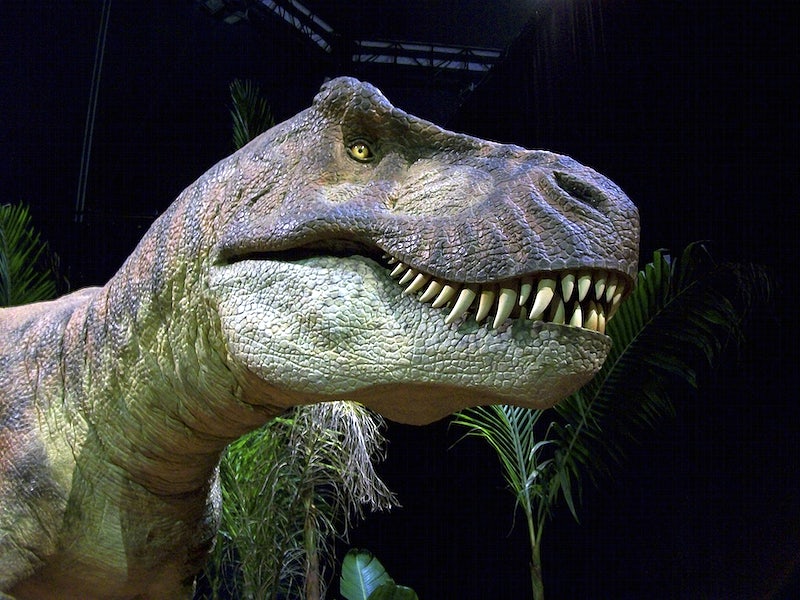It was found by scientist Dr Stephan Lautenschlager from the University of Birmingham that as Tyrannosaurus Rex’s evolved over time, their eyes became smaller and narrower to compensate for their mouth which housed a forceful and increasingly powerful bite.
Dr Lautenschlager examined over 410 fossils from 252 to 66 million years ago and discovered that carnivorous dinosaurs longer than a metre had orbits- eye sockets that tended to be lengthened and keyhole shaped.
Having these small eye sockets helped to increased the force behind its bite which was crucial to breaking through bones, but Dr Lautenschlager said that it was more present in an adult T Rex than a young one.
“Interestingly, you see that in juvenile T Rex, they still have the perfectly circular or nearly circular orbits, because they didn’t produce that high bite forces presumably, or had slightly different diet, or different prey repertoire.”

In the research it was determined that this eye socket trait belonged mainly to meat-eating dinosaurs with herbivores having a more circular shape.
“There are a few groups within the theropods which have switched diet and adapted to a plant-eating or herbivorous diet. And those again have circular orbits,” said Dr Lautenschlager.
“So [orbit shape is] very closely linked to diet and size.”
He also hypothesized that if the T rex didn’t evolve to have elongated orbits then it’s quite possible the dinosaur’s eye would measure in at about 20 kgs and be the width of roughly 30 cm.
“The retina is an outgrowth of a region of the brain called the diencephalon, and the one thing we know about large predators like T. rex is that the size of their brains did not keep pace with the size of their bodies as they grew during their lifespans.”






